By Will Silk
While many may hold the opinion that road racing has lost quite a bit of its luster in recent years, one does not have to look far, but perhaps just a bit closer at some exciting machinery that has been created in the past decade to carry on the great tradition of on track glory that once was seemingly found to be occurring at tracks all over the world. In the mid 1990s, a few racing enthusiasts in England decided they would try and develop a small sports racing car that would be powered by a sport motorcycle engine. What followed is a tale that continues to unfold in the present day, but there is little doubt that these little sports racers known as Radicals will hold great status in the future of vintage car racing.
It was the summer of 1995, and Phil Abbott pitched his idea of a motorcycle-powered racing machine to veteran TVR Tuscan Challenge driver Mick Hyde. The two began collaborating on the concept, and utilizing assets from their companies, Phil’s company produced a tanning lotion from which the name Radical was taken, and Mick’s advertising agency worked up the logo. With the completion of the first prototype in the spring of 1996 being powered by an 1100cc Kawasaki drivetrain, the name was complete for the new little sports racer, the Radical 1100 Clubsport.
What the duo had accomplished was nothing revolutionary, as motorcycle-powered racing machines have been around for decades, with post World War II Formula 3 being one of the most famous applications of combining a two-wheeled mill with a four-wheeled chassis. John Cooper and his cars came to dominate the formula by placing the engine in the middle of the car, something that many constructors soon followed. While Cooper and his cars were perhaps the most notable Formula 3 cars of their day, it was the array of drivers that launched their career in these small motorcycle powered racing machines that was even more pronounced, with drivers like Sir Stirling Moss, Jim Russell, Peter Collins, Bernie Eccelstone, and Ken Tyrrell to name a few that saw their debut in this series launch their careers.
Over the years since the 1950s, motor racing has seen a more distinct line between the two wheeled machines and four wheeled machines. In the early 1980s, small bore sports and formula car racers were introduced to a number of beautiful, high revving engines from Japan. These power plants were of unit construction, meaning that the gearbox was built “in unit” or sharing the same case as the engine. These drive trains were of dual overhead cam four cylinder architecture, and equipped with one carburetor per cylinder. The gear boxes were by and far the best addition to the little gems from the land of the rising sun, as they were completely sequential and offered up to six forward ratios. Machines like the Suzuki Katana GSX1100SZ with 111bhp and the GPZ1100 with 120bhp on tap. While these machines were taking the two wheeled sport motorcycle world by storm, home constructors of the four wheeled road racing discipline were just waiting to get their hands on these power plants to power their small racing cars.
The duo of Abbott and Hyde sought assistance in tuning and modifying the high strung Kawasaki 1100 engine for use in four wheeled racing. Enter motorcycle side car racer Ted Hurrell, who came into the program with years of racing experience; and Nick Walford also entered the new company as a designer, both of which are still working with Radical today. With a small crew in place, the Radical 1100 Clubsport was entered in a race at the historic Brands Hatch circuit. The race was sanctioned by the 750 Motorclub and was based on S2000 sports racing car specifications. Mick Hyde qualified the 1100 Clubsport in 6th, and after a wild race that saw the little car make contact with a Lola and have to re-enter the fray in last position, an 11th place result was achieved. Phil Abbott would take Radical’s first win later in 1996 at Pembrey in South Wales.
Success continued to follow the small team, with the outfit steadily gaining ground in car production just as John Cooper had done in F3 in the early 1950s. In 1998, no less than nine Radical Clubsports took to the track at Silverstone amidst a grid of S2000 sports racing cars. The result was spectacular as Mick Hyde captured Radical’s first ever pole to checkered win with Phil Abbott coming home second. For 1999, more Radicals took to the grid as the Clubsport Championship began to be dominated by these light and affordable little machines.
1999 also saw the debut of the Radical Prosport 1300, which saw the power train department take a serious leap forward with the use of Suzuki’s new Hayabusa 1300cc engine. The Suzuki Hayabusa GSX1300R set the two wheeled world on fire with its claimed 173bhp and 200mph top speed right off the showroom floor. The Hayabusa engine offered prodigious torque as well, with rear wheel torque ratings upwards of 94 pound feet, quite high for a sports motorcycle. This engine suited the tube framed sports racers well, and continues to be offered in various naturally aspirated and turbocharged forms to this day with horsepower ratings up to 252bhp.
The Prosports 1300 gave way to the Radical SR3, which was launched in Barcelona, Spain in 2002 to wide acclaim. Radical now enjoyed an in house engine tuning and building firm, known as Powertec Engineering with locations at the firm’s factory in Peterborough, UK; as well as a shop at Spring Mountain Motorsports Ranch, Pahrump, Nevada, U.S.A. This United States location also serves as the headquarters for Radical in the western part of the U.S.
Powertec Engineering captured a large amount of attention in 2005 when, together with Radical, they installed the Powertec RPA 2.6 liter V-8 into an SR3 chassis. The result was something the sports and racing car world just wasn’t ready for. The Powertec RPA unit was constructed by taking two 1300cc Suzuki engines and mating them to a common crankcase in a 72 degree V configuration. While this makes the engine’s construction sound simple, it was actually anything but, as everything was practically redesigned and altered to produce this compact V8 powerhouse. The initial output was rated at 360 horsepower and 207 pound feet of torque, enough to propel the SR3 chassis to well over 170 mph, and with an accompanying engine note that’s very similar to that of another iconic quad cam V8, the awesome Cosworth DFV.
Since 2005, SR8s have been manufactured in two different model configurations. The SR8 Supersport utilizes the RPA engine, now with a rating of 380 horsepower at 10,500 RPM; and the LM variant with an incredibly hard core 2.8 liter, 460 horsepower Powertec RPB option. All this in a two seat open sports prototype, that in some countries is considered to be road legal and fully able to be registered for street use making the SR8 variants one of the most incredible street cars on the planet.
Beginning in 2005, Radical found the best way to gain press for the new SR8 line was to take the car to the Nurburgring and attempt to set a lap record on the infamous Nordschliefe circuit. This was achieved first time out with ease, and Michael Vergers returned to the “Green Hell” in August of 2009 with a SR8LM. Once again, the record lap time was reset by one of the small cars from Peterborough, as Vergers lap of six minutes, forty-eight seconds put Radical on top of the Production Car class once again leaving cars that cost 10 times as much over a full second in its rear views.
While the SR3 chassis is still the most successful Radical with over 600 sold throughout the world, slight revisions were made to produce the SR4. The SR4 benefited largely in bodywork and under tray improvements and is viewed as a direct replacement for Radical’s earlier 1100 Clubsport. The SR5 was constructed to handle more of the requirements of endurance racing, and therefore the chassis does not use the engine as a stressed member as in other Radical designs. The SR5 was also a departure from the use of sport motorcycle power trains, as the car was designed to accept Ford and Honda engines. The PR6 was built as a replacement for the original Prosport 1300 and was aimed more at North America’s SCCA racing requirements. The PR6 chassis accepts a wide variety of sports motorcycle power trains.
The largest endeavor for this small company is the one it most recently embarked on, and that is of constructing a current Le Mans Prototype to LMP2 specifications. The SR9 was born in 2006, utilizing Radical’s first carbon fiber monocoque chassis and available to be powered by either a Judd V8 or AER inline four with turbo charging. The SR9 saw moderate success with the UK’s Rollcentre Racing achieving a top 20 finish in the 2006 running of the Le Mans 24 Hours, followed by an 8th place at that year’s ADAC 1000KM of the Nurburgring.
Radical builds some of the best sports racing cars, and at a reasonable cost to own and operate. Recently, while in conversation with racing legend Tony Adamowicz, the subject of road racing’s future was raised, and Tony felt that there was little to worry about on the grass roots level of sports racing cars. Tony offered this comment on the subject, “Having driven a Radical sports racer, it is indeed a fantastic and fast car, close feel to a GTP car. Sequential multi-speed transmissions, great breaking power, and G-load handling. Like a racing kart, they have a tendency to beat you up with the violence of handling, braking, etc. More of a young person’s race car. The Radical can adapt to all size drivers and take along a passenger as well. It is fragile, and requires close scrutiny in maintenance procedures. Smaller lightweight components do require more follow up maintenance.”

The world today enjoys some of the best racing cars that offer relatively inexpensive entry costs to gain access to the realm of road racing. Radical is but one such example of a fledgling manufacturer that has been successful in building light, powerful sports racing machines in volume for a large number of racers to compete with. In just a few short years, Radical’s various models will begin to show up at vintage racing venues across the globe and will most certainly continue to offer incredible levels of performance for relatively low investment.
[Source: Will Silk]
One Comment
Leave a Reply Cancel reply
You must be logged in to post a comment.







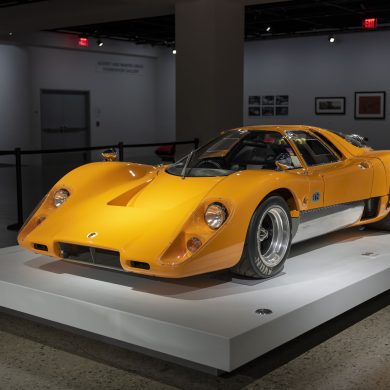
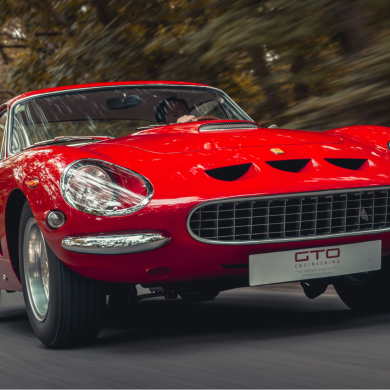
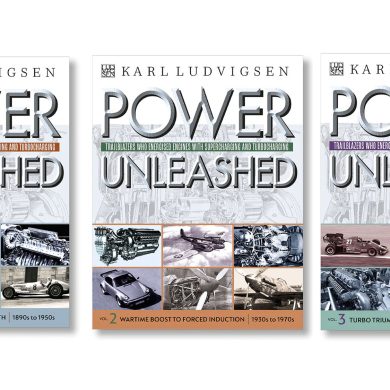
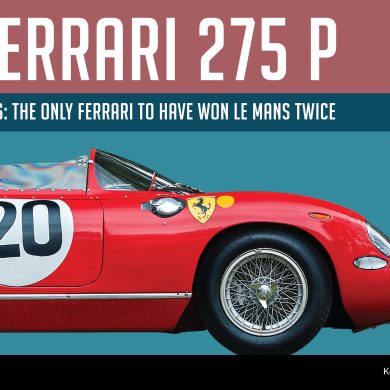
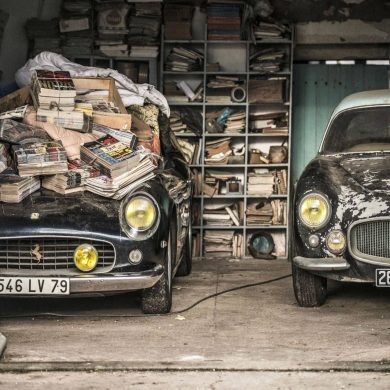


Nice report, Will! One thing missing, though: costs? Should I dare ask?
It would be nice to see some of these tromping around VIR or Lime Rock!